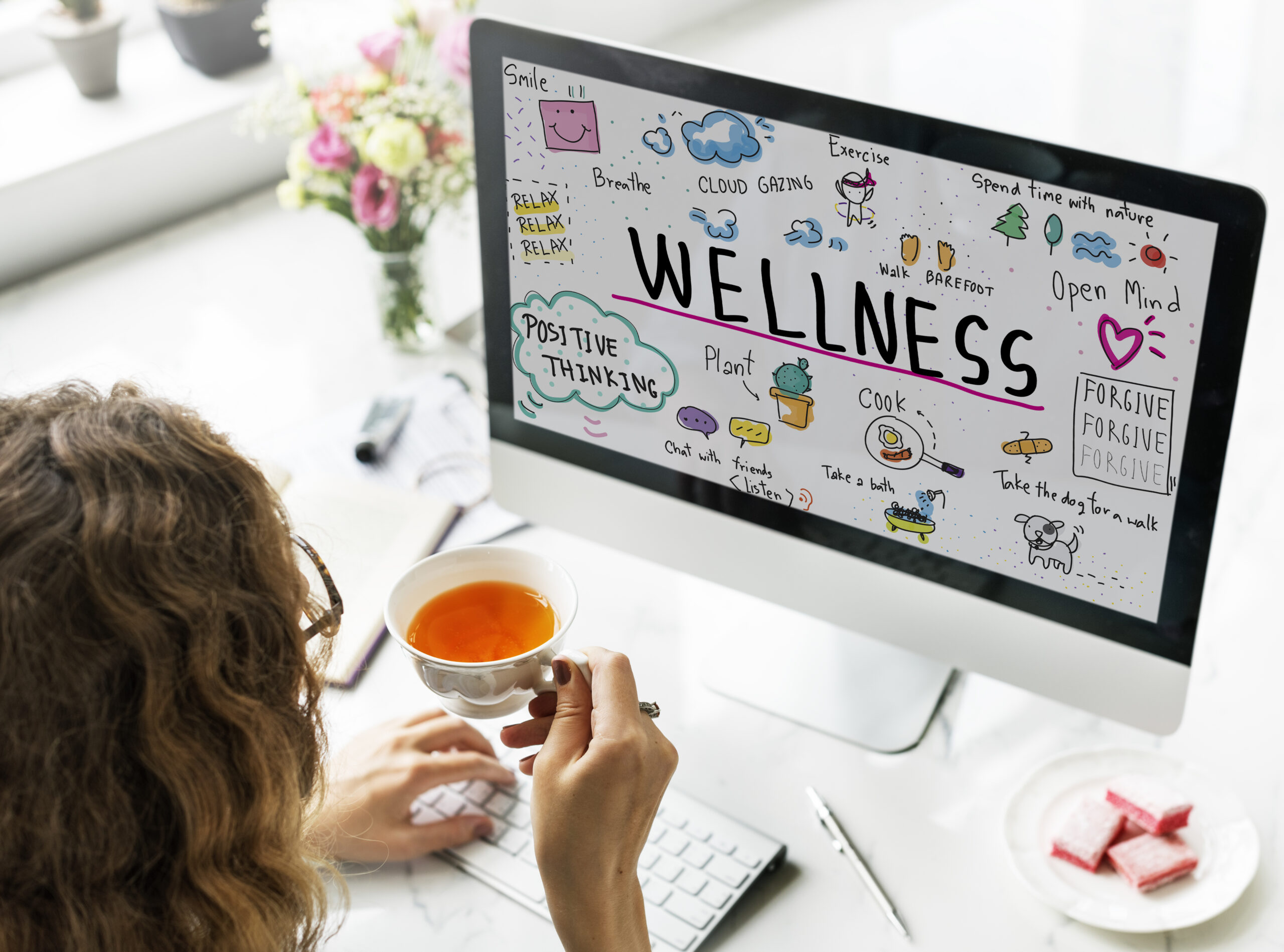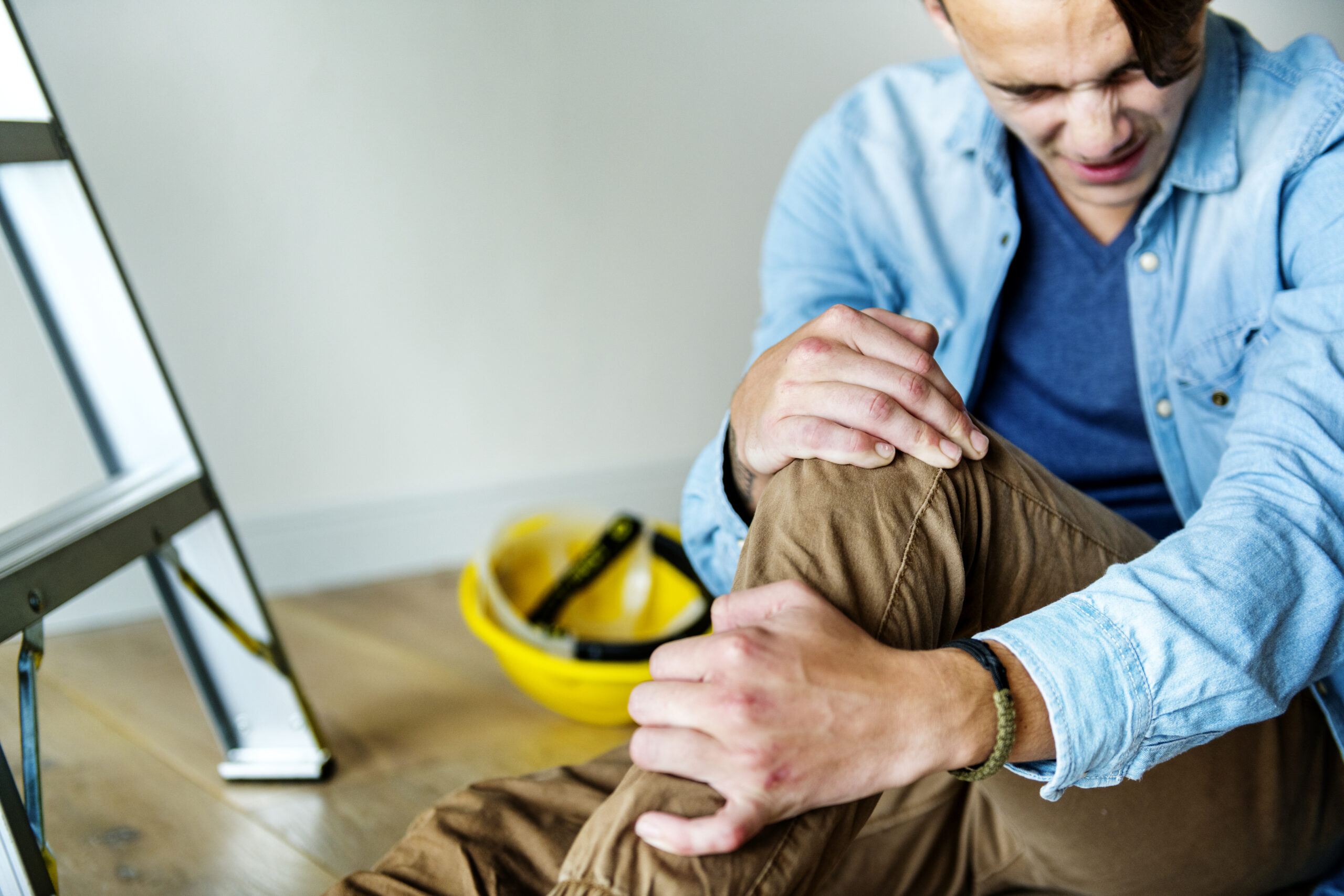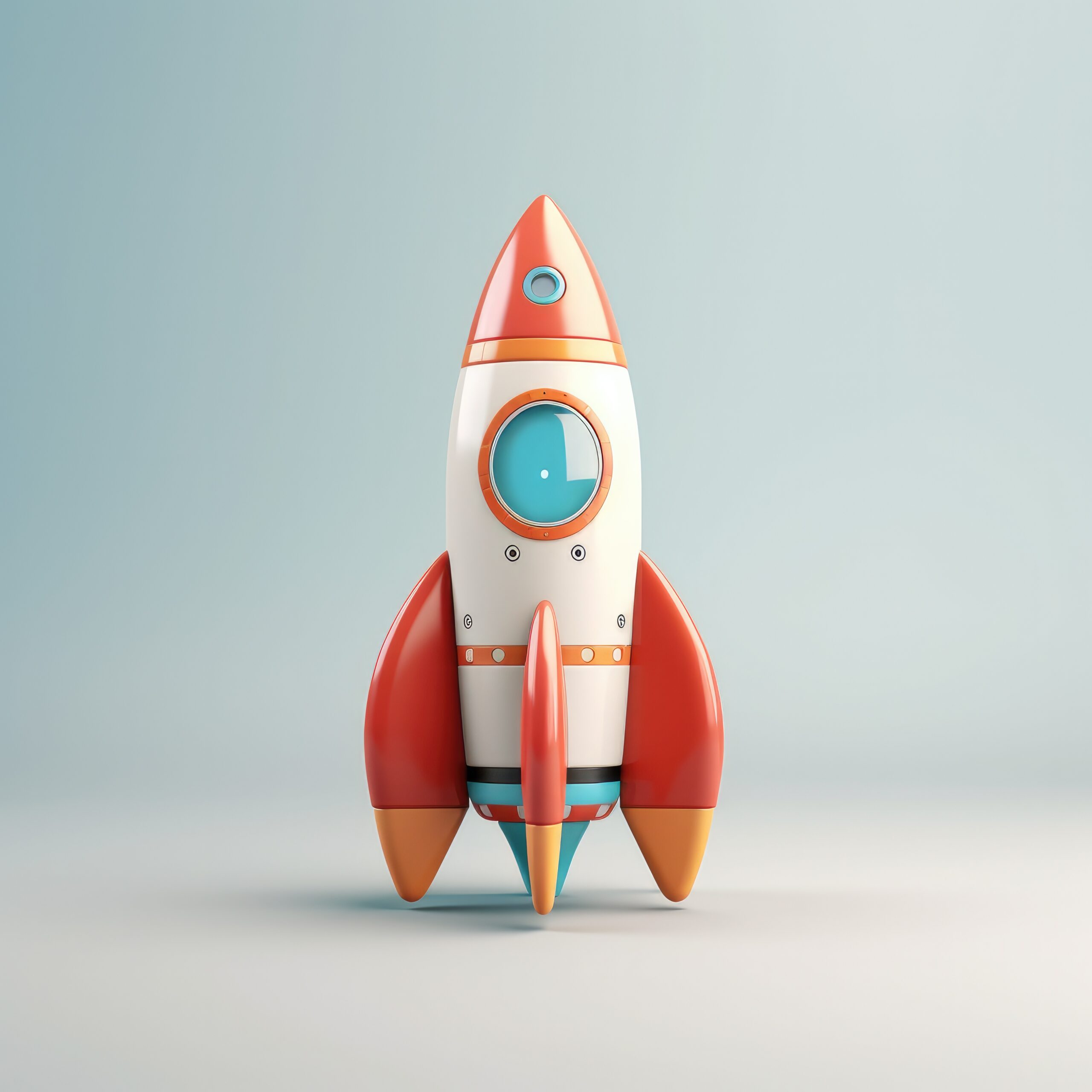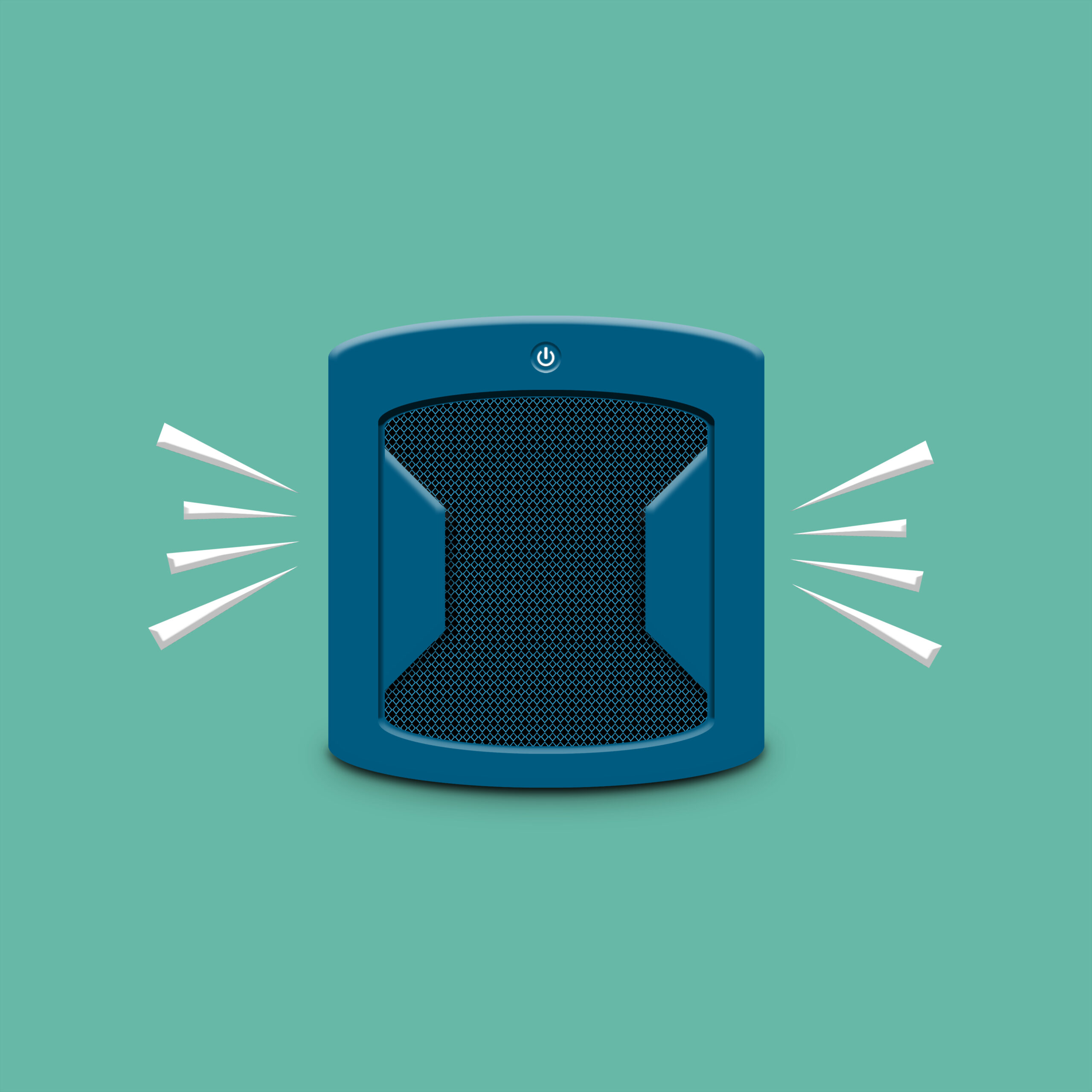

EIL Global, in collaboration with GoX Labs, delivers advanced AI-driven digital workforce wellness solutions powered by wearable technologies. Our program is designed to create a healthier, safer, and more engaged workplace by focusing on the complete well-being of employees—physical, mental, and emotional health.
Through continuous health monitoring and data-driven insights, our solution helps organizations proactively address key risks such as workplace injuries, hypertension, diabetes, and stress-related conditions. Employees gain real-time feedback to improve their lifestyle choices, while employers benefit from actionable analytics to build a sustainable culture of care and performance.

Overexertion among workers can be a big problem because it can seriously affect their lives. This is especially true for the manual labour of people working in warehouses or factories that require strenuous physical work. In most cases, the exact causes behind such overexertion are hard to determine and very difficult to track down due to the sheer size of these establishments – This is because there is no REAL TIME tracking of the workforce !


Slips, trips, and falls are among the most common yet serious workplace hazards. While they may seem minor at first, these accidents often result in severe injuries such as fractures, sprains, head trauma, or long-term musculoskeletal issues. In many cases, they also lead to significant emotional distress, loss of confidence, and reduced productivity for the affected individuals.
Such incidents frequently occur due to negligence, unsafe practices, or lack of proper safety measures—for example, wet floors, poor housekeeping, cluttered walkways, inadequate lighting, or uneven surfaces. Beyond the immediate physical harm, these accidents can also create long-term consequences, including extended medical treatment, increased absenteeism, higher healthcare costs, and even legal or compensation claims against organizations.

Chronic diseases such as diabetes also affect workers. A 2012 study by the National Institutes of Health determined that an average of 70% of people with diabetes who did not have work-related coverage and whose employers are large businesses had to change jobs. They were 40% less likely to be offered health insurance after a job change, according to the study.

Workplaces can be hazardous due to factors beyond workers’ control, such as poor conditions or lack of safety measures. Contact injuries like cuts and burns from equipment or hazardous materials are common, posing serious risks even if not always severe.

Slips, trips, and falls remain one of the leading causes of workplace injuries across various industries. While construction sites are especially prone to these accidents due to uneven terrain and exposure to weather, similar risks are present in indoor settings such as warehouses, office buildings, hospitals, and retail stores. These incidents are often triggered by wet or slippery surfaces caused by rainwater, cleaning agents, or accidental spills.
In many cases, the root cause lies in a lack of safety protocols—such as missing warning signs, inadequate drainage, or delayed cleanup procedures. Poor lighting, loose floor mats, and cluttered walkways further contribute to these accidents. Though they might seem minor, slips and trips can lead to serious injuries including fractures, head trauma, and long-term mobility issues.
Employers must ensure that preventive measures are in place, such as regular maintenance, timely spill response, and safety training for employees. Promoting a culture of safety not only reduces workplace accidents but also enhances productivity and morale.
By recognizing the seriousness of slips, trips, and falls, employers can implement effective prevention strategies such as regular safety audits, employee awareness programs, proper signage, and use of protective equipment. Taking proactive steps not only minimizes risks but also ensures a safer and healthier environment for everyone.

We offer digital transformation of workforce safety and wellness in Australia that blends state of the art science and the latest in machine learning and artificial intelligence. Our expert validated prevention platform, BOOST, is the first solution available that can accurately predict and prevent health problems that workers may face such as injury and disease.
We bring this workforce wellness transformation as part of digital transformation of workforce safety using two platforms – BOOST and BOOST 2.0.

Boost is an AI-powered injury prevention solution that helps keep workers healthy and productive. It delivers predictive insights using data like fatigue, form, and environment collected from wearable devices. With Boost, companies can monitor wellness without the need for costly equipment, improving safety and supporting smarter workforce decisions.

The Motion Pod measures good and bad trunk movement, uses bluetooth technology, and has an IP66 IEC standard that ensures reliability, safety, and efficiency. It comes with an Internal Measurement Unit (IMU) and has a 1 meter drop resistance. The battery can last as long as 24-hours even with constant use and is completely FCC/CE compliant.

The Smartwatch comes with a suite of features including measurement for heart rate with an integrated HR monitor, VO2, steps taken, cadence, location, and RPE. It also comes with Google’s highly regarded WearOS. Currently the smart watches are powered by Samsung.

All of the data that comes from the Motion Pod and Smartwatch are consolidated on a proprietary dashboard that:
• Provides daily and historical data for users as well as their accurate health assessments
• Gives executives full visibility of work risks and compliance so that decision makers can reduce risks by providing the correct interventions.
• Gives managers health-related trends for the organization as a whole so that assessments can be made holistically and compliance can be tracked.
The Boost 2.0 is a cost-effective approach towards digital transformation of workforce wellness. Boost 2.0 provides more flexibility off Workforce Wellness towards a large volume of workforce. This Workforce Wellness solution features only the pod and sensors without the smart watch. This Workforce Wellness solution is extremely useful and cost effective for those businesses where the workforce strength is more than 200 and a majority percentage of them are working under overexertion/ heat stress/ riskier conditions.
Boost 2.0 capabilities towards digital transformation of Workforce Wellness:

All of the relevant data from the wearables are collected by modern smartphones via bluetooth. The phone then transmits the relevant data to the cloud for the information to be consolidated.
Think of these as being similar to the motion pod — but more Boostnomically specialized. Just like the Motion Pod, the Center Pod measures for good and bad trunk movement so that bad form is corrected and injuries are prevented. The Arm Pod, worn on the upper arm, measures flexion, extension, abduction, and adduction angles as well as track angular rates and duty cycles to maximize efficiency.
Vertical ground reaction forces from the feet are important to measure because they are related to the occurrence of lower extremity injuries.
For example, high vertical ground reaction forces can be a risk factor for overuse injuries in sports and exercise . In addition, increased vertical forces have been shown to increase the risk of internal cartilage and meniscus damage , as well as proximal tibiofemoral osteoarthritis .
The Insole included in the Boost 2.0 includes, the accuracy of which has been verified with the use of instrumented treadmills, provides these measurements with built-in sensors that are distributed from the heels to the toes.